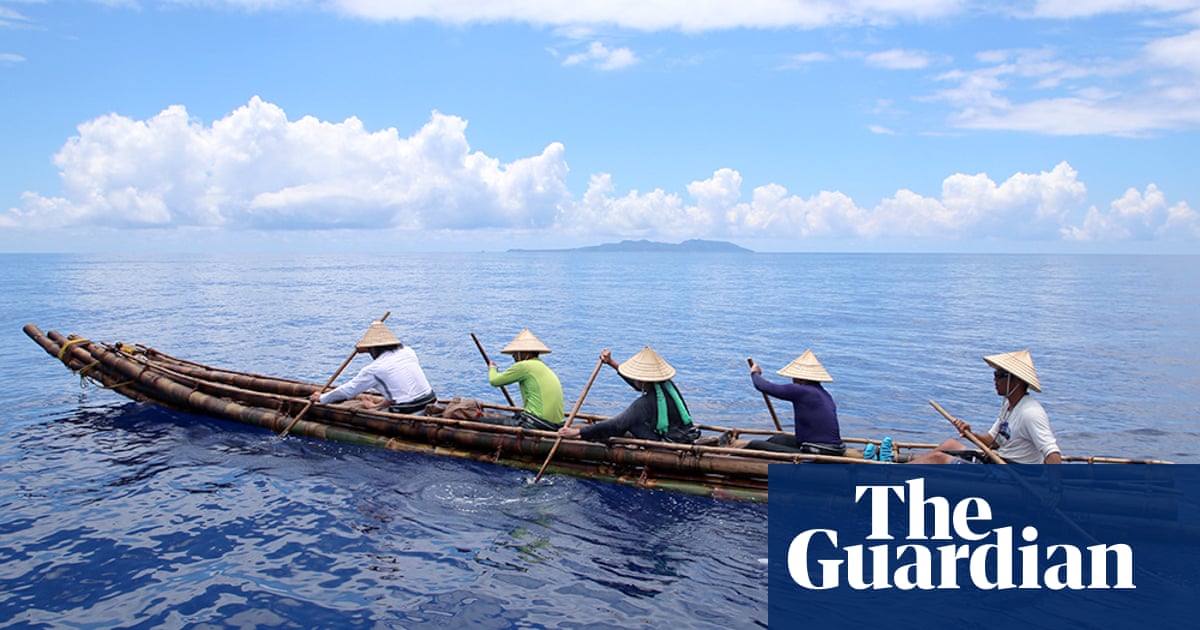
"Kaifu devised an adventurous plan that would see a team of researchers take to the sea in a 225 km canoe trip from Taiwan to Japan's Yonaguni island."
"The voyage was reminiscent of the famed 1947 Kontiki crossing by Norwegian Thor Heyerdahl, which proved it was possible that peoples from South Americas paddled to Polynesia."
"Through those failed experiments we gradually learned the difficulty of the crossing, but at the same time we knew the Palaeolithic people were on the island."
"Eventually, the team built a heavy, unstable but workable dugout canoe out of Japanese cedar and identified Wus."
An archaeological site on Okinawa revealed evidence of human existence 30,000 years ago, prompting researcher Dr. Yousuke Kaifu to explore how they arrived there. To investigate, his team embarked on a 225 km canoe trip from Taiwan to Yonaguni Island. They faced challenges in reconstructing ancient rafts and ultimately built a dugout canoe from Japanese cedar. Through experiments and failures, the team learned about the difficulties faced by Paleolithic travelers in crossing strong ocean currents.
Read at www.theguardian.com
Unable to calculate read time
Collection
[
|
...
]